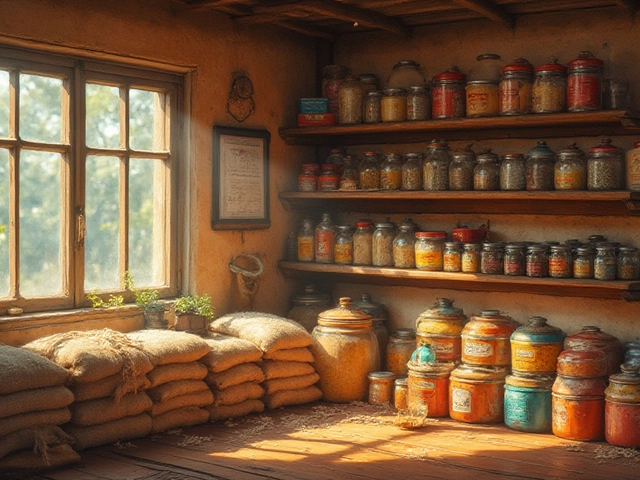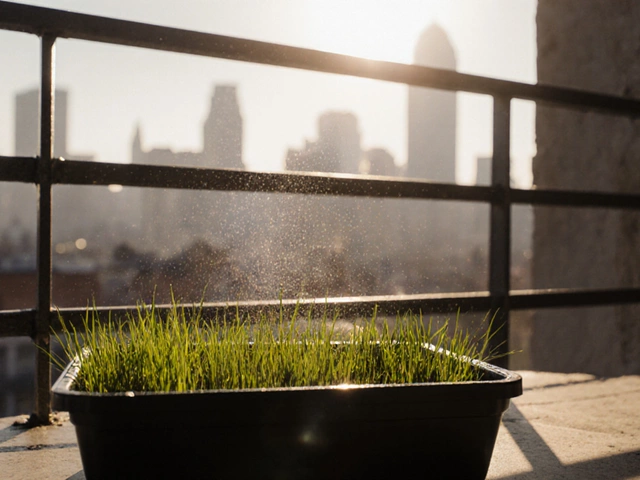Nitrogen Boost: Quick Tips for a Greener Garden
Ever wonder why some plants just keep growing bigger and greener? The secret is often a simple nitrogen boost. Nitrogen is the main fuel for leaf growth, so when your soil is low, plants look tired, yellow, and slow. The good news? Adding nitrogen is easy and doesn’t have to break the bank.
Why Nitrogen Matters
Nitrogen is a building block of chlorophyll, the pigment that turns sunlight into food. Without enough nitrogen, plants can’t make enough chlorophyll, and you’ll see yellowing leaves, stunted stems, and lower yields. In Indian gardens, where soil can be sandy or heavy, nitrogen can leach away quickly, leaving gaps in nutrition. A quick check is the leaf‑color test: if the newest leaves look pale green while older ones stay dark, it’s a clear sign you need more nitrogen.
Easy Ways to Add Nitrogen
Here are three low‑effort methods that work for most kitchen‑gardeners:
1. Compost and kitchen waste – Adding kitchen scraps like vegetable peels, coffee grounds, and egg shells to your compost pile adds a steady stream of organic nitrogen. When the compost is ready, mix it into the top 6‑8 cm of soil before planting.
2. Green manures – Grow fast‑growing legume crops such as moong, loofah, or dhaincha in beds you plan to reuse. These plants fix atmospheric nitrogen in their roots. When they flower, cut them down and work the whole plant into the soil. You’ll see a noticeable green lift in the next planting season.
3. Quick‑release fertilizers – For an instant boost, use a balanced fertilizer that lists a high first number (e.g., 20‑10‑10). Sprinkle it around the root zone and water well. Follow the label’s dosage – a little goes a long way, and over‑feeding can burn roots.
Mixing these methods keeps nitrogen levels steady. For vegetable beds, aim for a 50‑50 split between organic sources (compost, green manure) and a small dose of quick‑release fertilizer when the plants are actively growing.
Another tip is to avoid over‑watering, which washes nitrogen out of the root zone. Water early in the morning, and use mulch to keep moisture in place. Mulch also adds organic matter that slowly releases nitrogen as it breaks down.
Finally, keep an eye on soil pH. Nitrogen is most available in slightly acidic to neutral soils (pH 6.0‑7.0). If your soil is too alkaline, a small amount of sulfur or organic matter can bring the pH down and improve nitrogen uptake.
Give these steps a try and watch your garden turn lush faster than you expected. A healthy nitrogen level doesn’t just make leaves look better – it fuels bigger fruits, stronger stems, and a more resilient garden overall.
Quick and Effective Ways to Boost Soil Nitrogen Levels
Nitrogen is a crucial nutrient for plant growth, and adding it to the soil can increase plant health and yield. There are several rapid and effective methods to enhance soil nitrogen levels. Techniques range from organic methods like adding compost and green manure to more conventional approaches like using nitrogen-rich fertilizers. Understanding these methods can help gardeners effectively boost soil fertility and improve garden productivity.
About
Soil Improvement
Latest Posts


Tips to Firm Up Loose Garden Soil: Expert Techniques
By Alden Thorne Dec 9, 2024

How Long Does Rice Last? Essential Stockpiling Tips for Long-Term Storage
By Alden Thorne Jul 5, 2025

How to Grow Grass on a Balcony: Step-by-Step Guide
By Alden Thorne Oct 9, 2025

